Visit Echternach
Visit Echternach. Visit the oldest town of Luxembourg, Echternach in the region of Mullerthal. Thirty minutes northeast of the capital, near the border with Germany, the town of Echternach, of about 4600 residents today, was formed around the walls of the Abbey of Echternach where the modern Basilica of St. Willibrord stands today. After 698 AD, an English monk from present-day North Yorkshire (St.Willibrord) became the first bishop of Utrecht.
He began his efforts to Christianize the Frisians to the north of the country, from his newly established Abbey that was built on the site of an ancient Roman Villa in what is now the town of Echternach. This picturesque little town is today the historical & cultural center of the Mullerthal region, often referred to as Luxembourg’s Little Switzerland, due to its hilly landscape. It is one of Luxembourg’s favorite tourist destinations thanks to its perfectly preserved medieval ambiance and its several noteworthy monuments. Walking through its labyrinthine streets, its Gothic and Baroque houses you will get a feel of time travel.
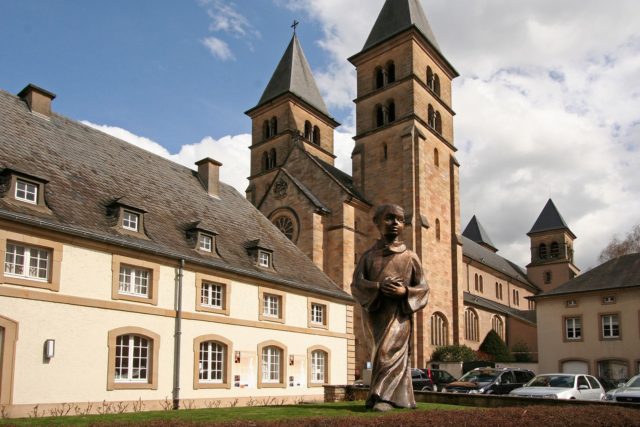
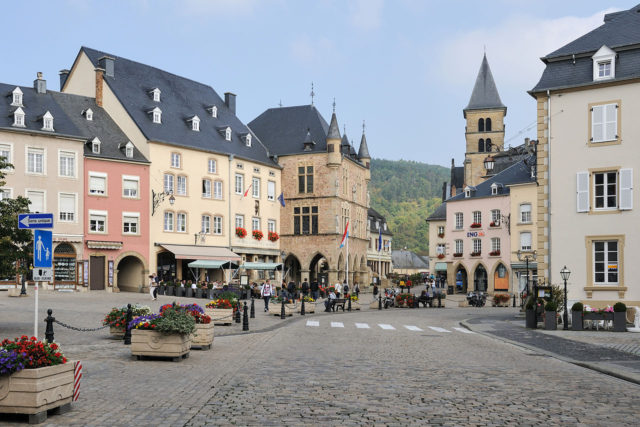
Besides the imposing & historically significant The Romanesque Basilica of St.Willibrord in the heart of the historical center houses in its crypt the tomb of the only saint buried in Luxembourg & a small museum called “Documentation Center of the Dancing Procession” in a side nave of the basilica. It’s not however the only noteworthy and historically significant attraction of the town. One should also pay a visit to the St.Peter and Paul church, located in the Gallo-Roman archaeological site, with a history that dates back to the year 698 and the Merovingian times.
The former courthouse Denzelt, the building of the HIHOF that houses the museum of prehistory that traces mankind’s course over the past one million years, the Beaufort Castle, the ancient town walls with its towers, the Orangerie with its statues, the Rococo Pavilion and the ancient patrician houses on the market square (18th century), the Gothic house, all together create an ensemble that guaranties a visit that has lots to offer.
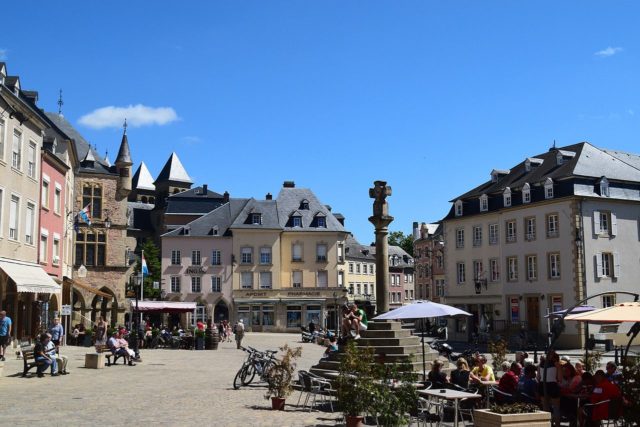
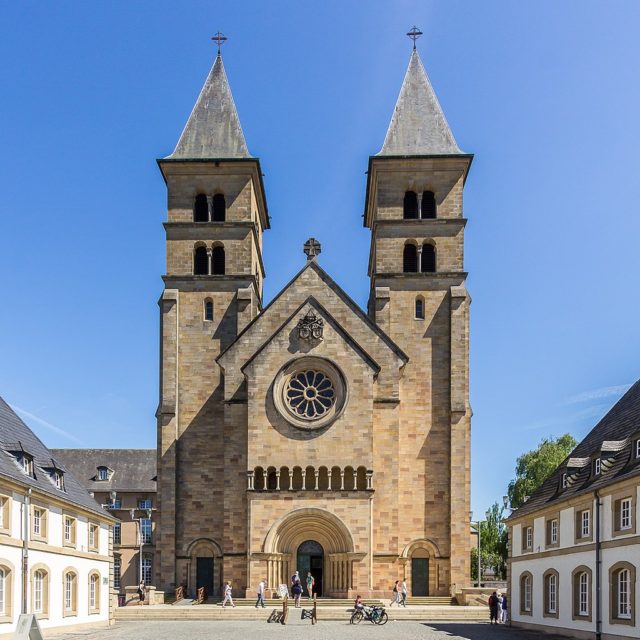
In 2010, Echternach acquired an international reputation when it officially became part of the Intangible Heritage of UNESCO’s famous list of sites. Every year on Whit Tuesday, thousands of pilgrims and spectators gather to participate in this unique cultural phenomenon in honor of the abbey’s founder. What makes this procession distinctive is that it enables the entire body to be involved in prayer: proceeding by dancing back and forth to the beat of an endlessly repeated polka melody constitutes a unique expression of Christian joy.
Today, some 12.000 to 14.000 pilgrims, including 8.000 to 9.000 dancers, take part in the procession, which leads to the tomb of the patron saint located in the crypt of the papal basilica in the heart of the abbey city of Echternach. The wider Mullerthal region is offered for nature lovers, hikers, and bikers. Especially the Mulelrthal trail of 112 km signaled net of footpaths leads you through fields and forests, charming villages, and amazing viewpoints of an almost intact natural setting. More
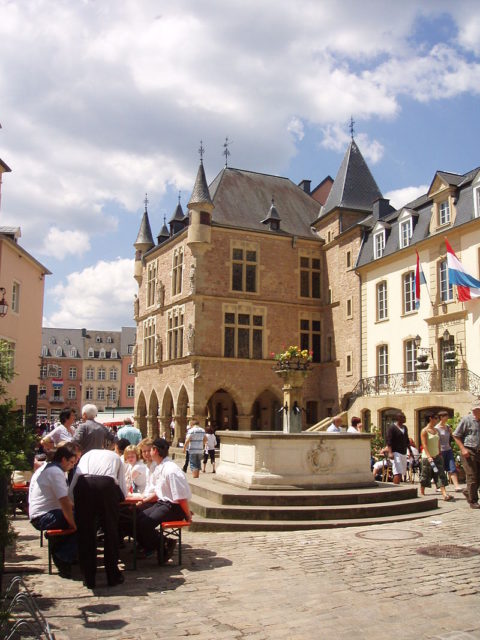
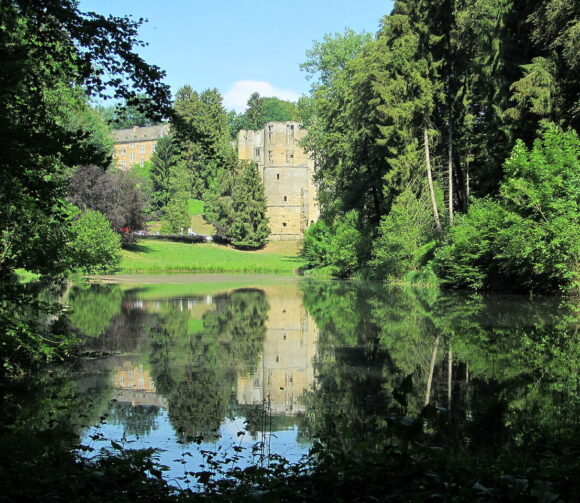
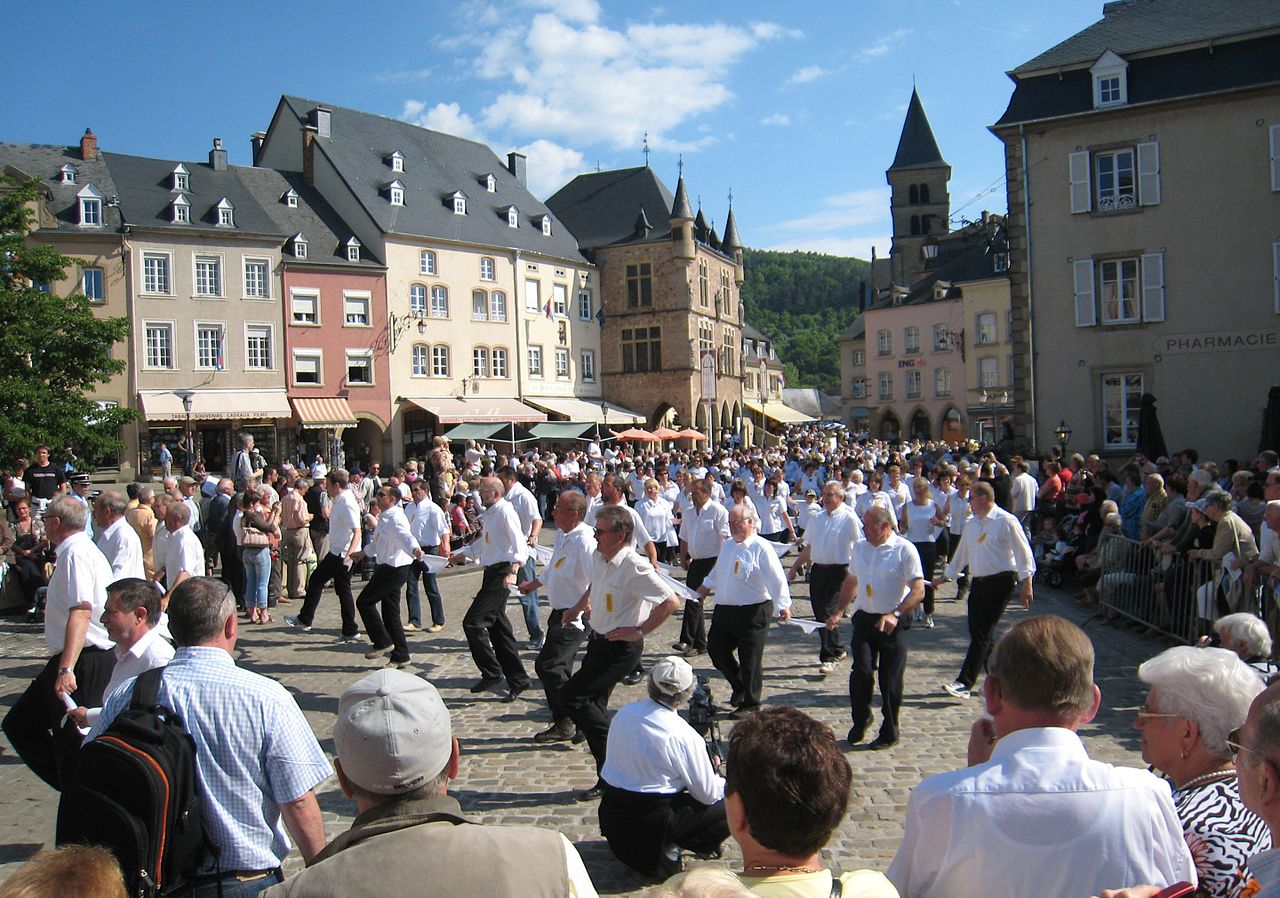
.

